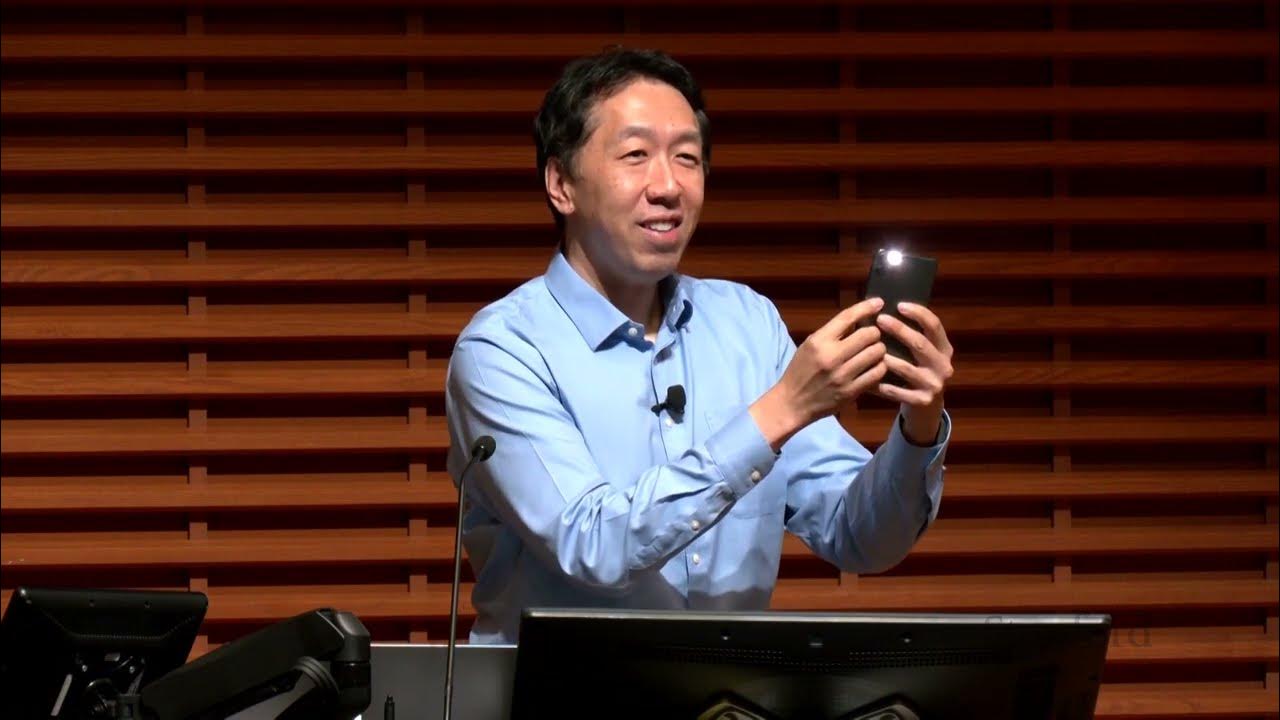Understanding the Teenage Brain: Pruning, Myelination, and Changing Sleep Patterns
The teenage brain undergoes synaptic pruning and myelination, increasing efficiency and speeding up brain signals. It also discusses the order of brain development and the impact of dopamine on risk-taking behavior and sleepiness in teenagers.
00:00:00 The teenage brain undergoes two significant changes: synaptic pruning and myelination. Synaptic pruning refers to the cutting away of unnecessary synaptic connections in the brain, resulting in more specialized knowledge as one gets older.
🧠 The teenage brain undergoes two monumental changes: synaptic pruning and myelination.
🌱 Synaptic pruning is the process of cutting away unused synaptic connections in the brain, leading to more specialized knowledge.
💡 As teenagers grow older, their brains become more focused and narrow in their areas of expertise.
00:02:59 The Teenage Brain - How synaptic pruning and myelination increase efficiency and speed up brain signals.
🧠 Synaptic pruning increases efficiency in the teenage brain.
⚡️ Myelination speeds up the signal transmission in the adolescent brain.
00:05:58 This video explains the concept of synaptic pruning and myelination in the teenage brain, which are important for increasing the speed of signals. It also discusses how the brain develops from back to front, with the prefrontal cortex being responsible for executive functioning and impulse control.
🧠 Myelination increases the speed of signals in the brain by a hundred times.
👥 The brain consists of gray matter (cortex) and white matter (myelinated axons).
🌱 During teenage life, the brain undergoes synaptic pruning and myelination.
😩 As the brain develops from back to front, the prefrontal cortex, responsible for executive functioning, is the last part to mature.
00:08:55 The teenage brain goes through development in a specific order. The limbic system, responsible for emotions, matures before the rational prefrontal cortex.
🧠 The limbic system, responsible for emotions, develops before the rational part of the brain.
💚 The amygdala, located in the limbic system, is the center of emotion and alerts us to danger.
🤔 The prefrontal cortex is the rational part of the brain and is involved in thoughtful decision-making.
00:11:54 The teenage brain undergoes synaptic pruning and myelination, affecting impulse control and decision-making. Dopamine plays a central role in risk-taking behavior, driven by emotions rather than rational thought.
🧠 The teenage brain undergoes synaptic pruning and myelination, leading to changes in impulse control and emotional regulation.
🎲 Teenagers are more prone to risk-taking behavior due to the high levels of dopamine in their brain, which influences decision-making.
📱 The release of dopamine is more intense in adolescents when engaging with social media, influencing their behavior and motivation to repeat certain actions.
00:14:53 The video explains how dopamine affects teenage risk-taking behavior, including the influence of rewards, novelty, and peers. It also discusses the impact of sleepiness on teenagers.
🧪 Dopamine surge in the teenage brain drives risk-taking behaviors.
🚗 Teenagers are at the highest risk of car crashes due to the rewarding nature of risky activities.
👥 Peers have a significant influence on teenagers' risk-taking behavior.
00:17:53 The Teenage Brain - Synaptic Pruning, Myelination. Discover how the circadian rhythm of teenagers shifts, causing a delay in melatonin release and resulting in sleep deprivation and moodiness.
⏰ The circadian rhythm is the internal biological clock that controls our sleep-wake cycles.
🌙 Melatonin, released by the pineal gland, regulates sleep and is released at different times in children and teenagers.
😴 Teenagers experience a shift in their circadian rhythm, leading to a delay in melatonin release, which contributes to sleep deprivation and moodiness.
You might also like...
Read more on Education
Antik Yunan: Dini, Felsefesi, Siyaseti ve Diğer Yönleri | Sapien Tarihi #17

Secure the REAL BAG with Options Trading | Special Guest @DiamondDave1

Distance and Displacement in Physics - IB Physics

White Label Debrief Video

Andrew Ng: Opportunities in AI - 2023

5 AI Side Hustles that Anyone Can Start ($10,403 / Month)